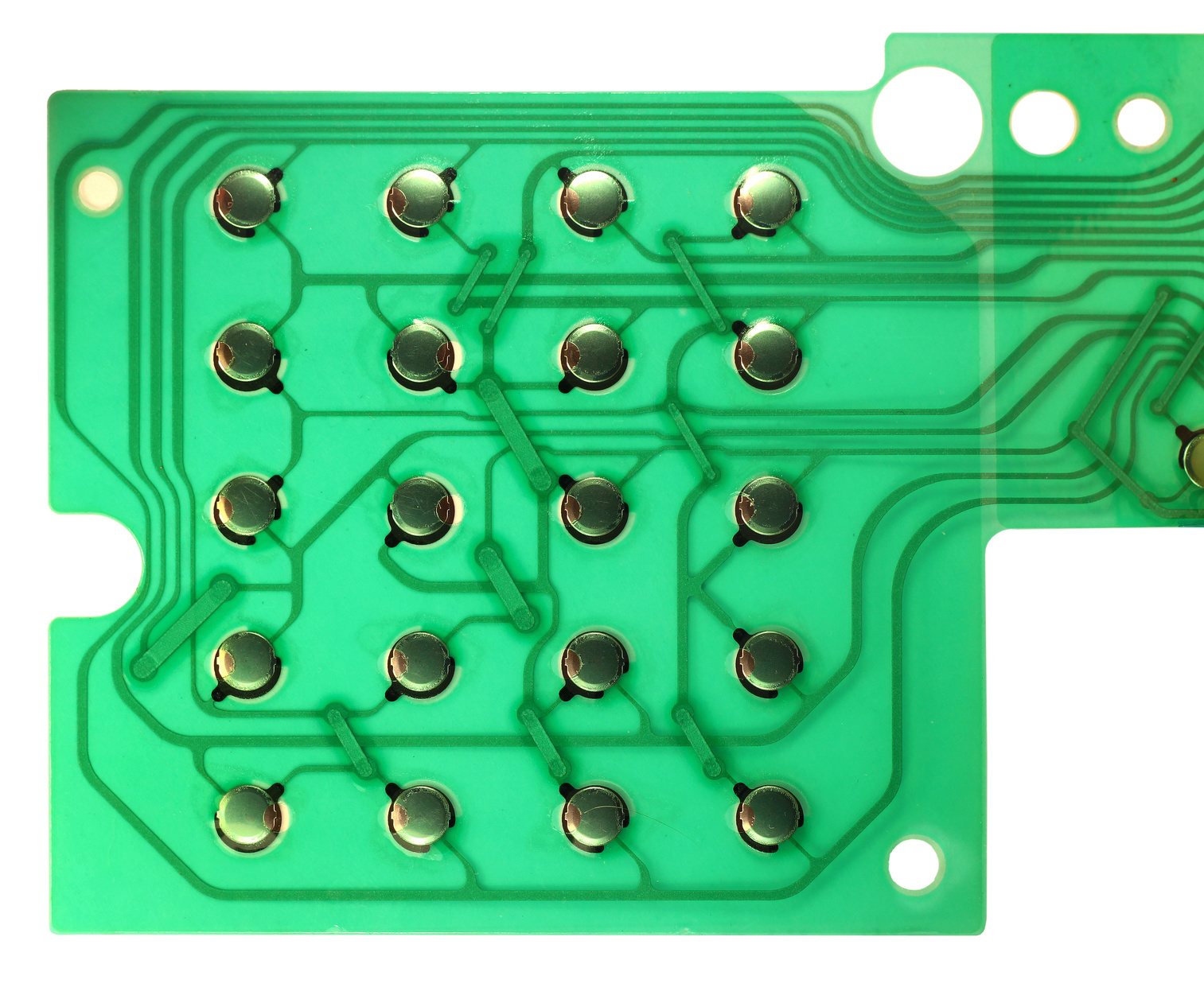Top Advantages of Incorporating a Membrane Switch Into Your Electronic Devices
Top Advantages of Incorporating a Membrane Switch Into Your Electronic Devices
Blog Article
Understanding the Performance of Membrane Layer Switches Over for User User Interface Devices
The capability of membrane switches stands for a substantial advancement in user interface design, combining performance with aesthetic versatility. As sectors progressively focus on customer experience, recognizing the nuances of membrane layer button technology becomes crucial.
What Are Membrane Buttons?
Membrane layer buttons are innovative interface devices that promote customer communication with electronic equipment. These versatile parts are composed of multiple layers, consisting of a visuals overlay, spacer, and a published circuit layer. The layout enables a smooth combination into various electronic devices, boosting both the aesthetic and functional elements of individual interfaces.
Membrane layer switches are typically employed in a vast array of applications, from house appliances to industrial equipment and clinical gadgets. Their building and construction usually includes a thin account, making them an ideal selection for portable designs. The tactile feedback provided by these switches can be engineered to fulfill details user preferences, guaranteeing effective interaction in between the individual and the gadget.
Durability is an additional substantial benefit of membrane switches, as they are immune to dust, moisture, and chemicals, which boosts their lifespan in demanding settings. Furthermore, these buttons can be customized in regards to form, size, and visuals design, enabling branding and user-specific features. In general, membrane layer switches stand for a sensible service for enhancing user experience in digital devices, integrating performance with visual appeal in an efficient manner.
Just How Membrane Changes Job
Operating on an uncomplicated principle, membrane layer changes utilize a split construction to register customer input properly. Each switch includes several layers, consisting of a published circuit layer, a spacer layer, and a top graphic layer, which are created to work together seamlessly. When a user presses the leading layer, it presses the spacer layer, bringing the conductive elements of the circuit layer right into call with each other.
This call develops a shut circuit, signaling the device to execute a specific feature. The design allows for various setups, consisting of responsive responses, which can improve the individual experience by offering a physical sensation upon activation. The products used in membrane layer buttons often include versatile substratums, such as polyester or polycarbonate, which make sure toughness and strength against wear and tear.

Key Advantages of Membrane Buttons

An additional significant benefit is their compactness. Membrane buttons are thin and light-weight, which makes it possible for makers to conserve area in their tools without compromising functionality. This feature is especially helpful in applications where weight and volume are essential factors to consider.
Additionally, membrane layer buttons are immune to dirt, dampness, and chemicals, improving their resilience. This strength expands their life expectancy and decreases the demand for frequent substitutes, resulting in price financial savings in time.
Furthermore, the tactile responses offered by membrane buttons can be maximized to improve individual interaction. They can include features such as increased switches or distinct clicks, improving functionality and user experience.
Applications Throughout Industries
Interface gadgets using membrane layer switches prevail in a broad array of markets, showcasing you can find out more their adaptability and capability. Membrane Switch. In the medical industry, membrane layer switches are click here now indispensable to tools such as analysis tools and patient tracking systems, where their sturdiness and convenience of cleansing are important for maintaining health criteria. In the vehicle market, these switches are used in control panel controls and infotainment systems, supplying a smooth and modern-day interface for users.
Furthermore, the consumer electronics sector take advantage of membrane layer buttons in home appliances and portable devices, where portable design and easy to use user interfaces improve individual experience. Industrial applications likewise take advantage of membrane layer changes for control panels in machinery and automation systems, stressing their effectiveness and resistance to extreme atmospheres.
In the aerospace and defense industries, membrane switches are made use of in cockpit controls and equipment, where dependability and performance under severe conditions are vital. In addition, the pc gaming market progressively integrates membrane layer switches in controllers and gallery machines, adding to an engaging customer experience. Overall, the convenience of membrane changes allows their prevalent usage throughout many fields, underscoring their importance in modern-day individual interface layout.
Future Fads in Membrane Layer Switch Over Modern Technology

Furthermore, the use of innovative products, such as polycarbonate and polyester films, is expected to rise, giving enhanced toughness and resistance to ecological stress factors. These products add to the total long life of membrane my explanation layer switches, making them suitable for harsher commercial applications.
In addition, the consolidation of smart innovation, consisting of IoT connectivity, will certainly allow membrane switches to communicate with other tools and systems, facilitating an extra interactive customer experience. This pattern lines up with the growing need for smart tools across different industries, from medical care to consumer electronics.
Lastly, customization choices are anticipated to increase, enabling suppliers to produce bespoke remedies tailored to specific user needs and preferences. These advancements will place membrane layer buttons as important components in the development of interface modern technology.
Verdict
In verdict, membrane layer switches over represent a pivotal improvement in individual interface technology, offering a reliable and flexible solution for varied digital applications. As improvements in material scientific research and touch picking up modern technologies continue, the performance and applicability of membrane buttons are anticipated to broaden, reinforcing their significance in modern electronic tools.
Report this page